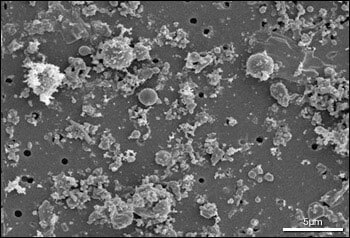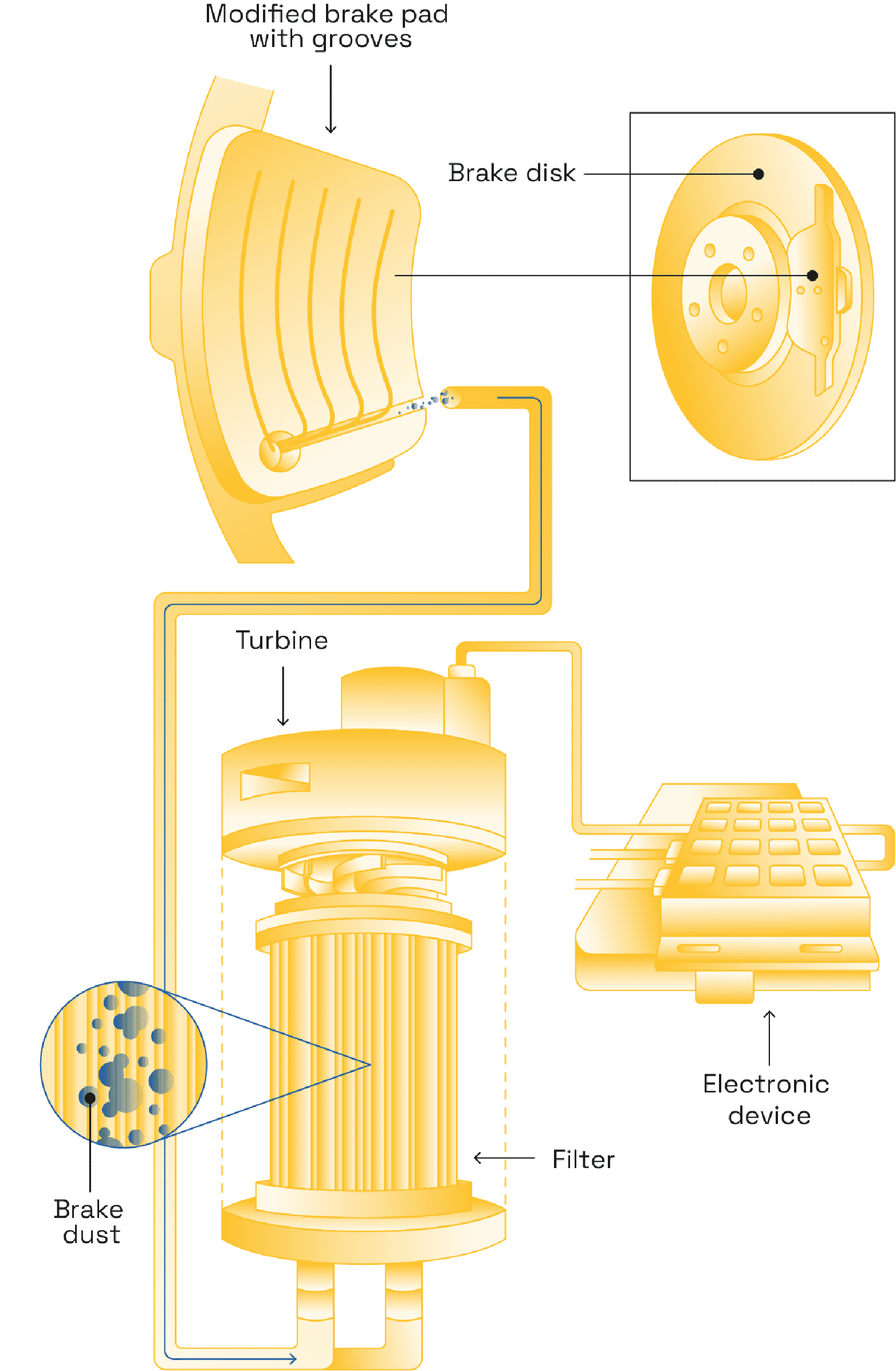Where do fine particles come from?


Natural and human-made sources
- Some fine particles come from natural sources and are difficult to prevent. They might be emitted during volcanic eruptions, desert sandstorms, forest fires or earthquakes. They can also be produced in sea spray and wind-eroded soil. Volatile organic compounds sometimes come from certain plant species and form fine particles in a chemical reaction with the air.
- But most fine particles are generated by humans. The top two sources are home heating in residential areas (wood-burning fires especially) and road transport. These activities are therefore respectively responsible for half and a quarter of fine particle emissions in Ile-de-France. Industry, construction,agriculture, forestry (spreading, tillage) and non-road transport also actively contribute to fine particle air pollution.
Primary particles, secondary particles and resuspended particles
Combustion, friction, chemical reactions: fine particles are generated for a variety of reasons.
- They can be emitted directly into the atmosphere due to combustion or friction, when a material is gradually broken down. These are known as “primary particles”. Primary particles are generated by forms of transport, home heating systems, and industrial or agricultural activities. In the case of petrol or diesel vehicles, fine particles come both from the exhaust gases produced by fuel combustion and from abrasion – friction – between brakes and tyres.
- But fine particles can also be created as a result of chemical reactions with atmospheric gases such as sulphur dioxide (SO2), nitrogen oxides (NOx) and volatile organic compounds (VOCs), known collectively as “secondary particles”.
- Once they have fallen to the ground, these fine particles have not yet finished their journey. They can be resuspended in the atmosphere. For example, fine particles on roads are lifted into the air again when a car passes.
Even though fine particles originate from various sources and phenomena, they are all dangerous to health and disruptive to ecosystems. Underestimated by lawmakers, this invisible threat nevertheless generates far too many medical issues and exposes local residents to dangerous and sometimes fatal diseases. A connection has been found with a number of respiratory (pharyngitis, tracheitis, bronchitis, asthma, etc.), cardiovascular (arrhythmia, heart attacks, thrombosis, etc.), and neurodegenerative diseases (Alzheimer’s, Parkinson’s) and an increased risk of cancer (particularly of the lungs). It is high time to eliminate out this evil.






